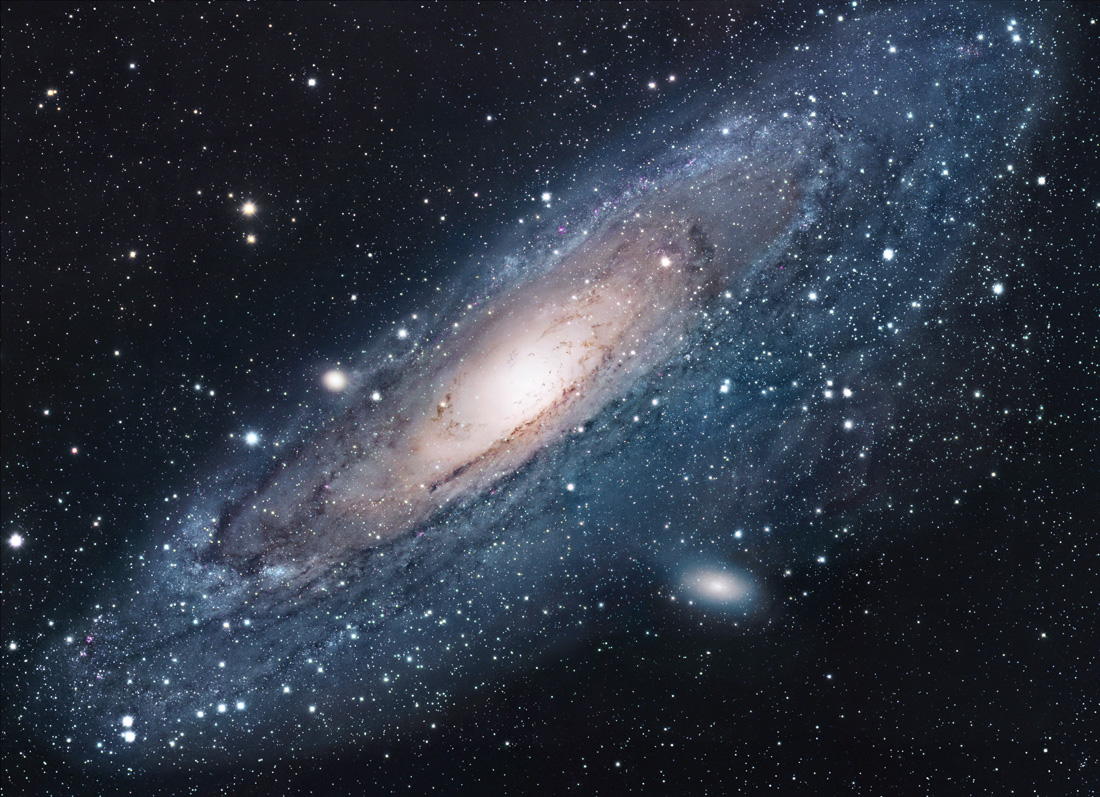Course:MATH110/Archive/2010-2011/003/Teams/St Gallen/Homework 13
Brightness of Stars on a logarithmic scale
When observing stars through the naked eye we notice that some are brighter than others. But is it possible to determine how bright a star is based upon a mathematical denotation. Lets read on... :)
When determining star brightness, we must find a scale into which compare them to. Stars are placed on a 1-6 magnitude scale in terms of brightness (1 being the brightest, and 6 being the least brightest). The difference in magnitude from 1 to 2 is . The reason why we use this number is because the difference in terms of brightness from 1-6 magnitude 1 is 100x greater than in 6
In order to continue our explanation the logarithmic scale of the brightness of stars, we will calculate the variation of brightness between the planet Neptune and the planet Venus. There are three necessary factors: average brightness of each planet, ratio of brightness and the variation of brightness.
Average Brightness
Neptune: 7.9 Venus: -4.355
Ratio of brightness
x = mf - mb
Mf = magnitude of the fainter planet
Mb = magnitude of the brighter planet

The scale of the brightness, 1 being the brightest and 6 being the least bright for the star. The ratio of the brightness scale can be seen above as I,II,III,IV, and V
Variation of brightness
To be able to find the variation in brightness, you first need to find the difference in magnitude by using the equation for the ratio of brightness.
x = mf - mb
x = 7.9 - -4.355
x = 12.255
Then, plug in the the ratio of brightness (x = 12.255) into the variation of brightness.
Vb = 79843.695
Therefore, Venus is 7843.695 times brighter than Neptune.
![{\displaystyle {\sqrt[{5}]{100}}=2.512}](https://wiki.ubc.ca/api/rest_v1/media/math/render/svg/c281674ef5d69d1e7da768d6af72d289ac634c2e)


